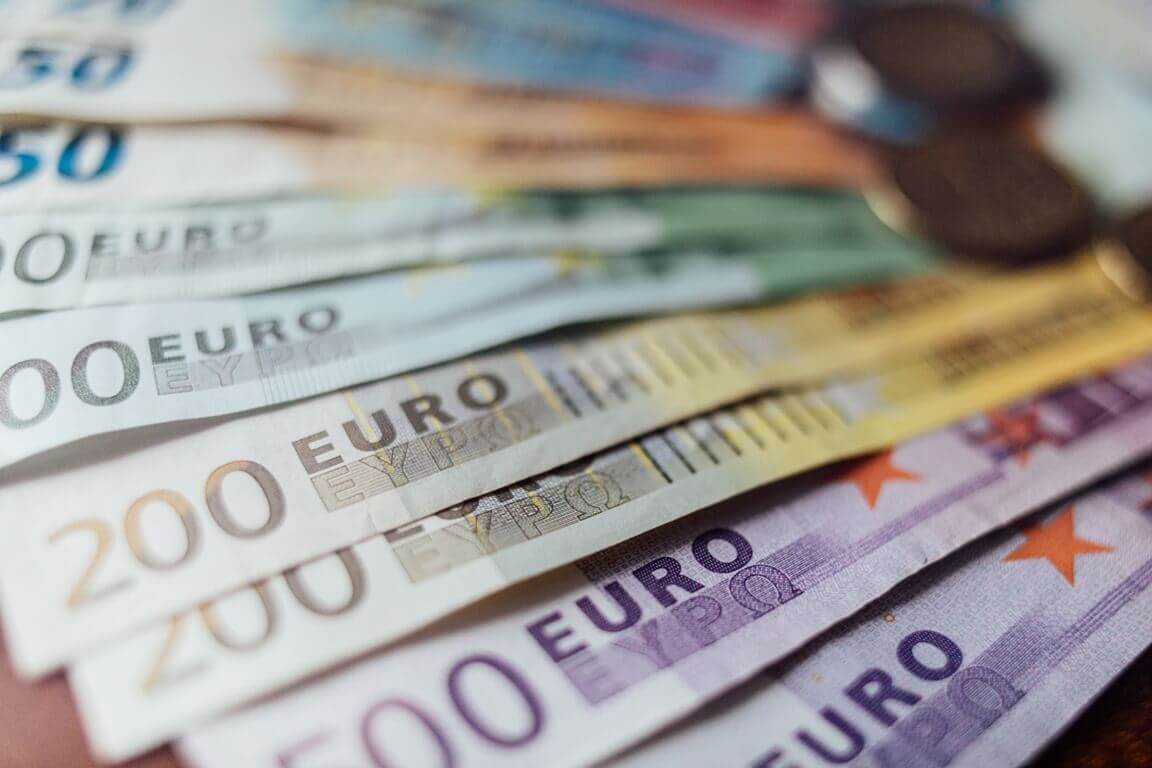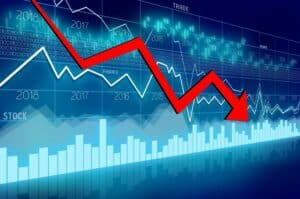Quick look
- EUR has shown notable strength against the US dollar, influenced by recent ECB and the US Federal Reserve statements.
- US Fed Chair Jerome Powell hinted at nearing interest rate cuts.
- Economic data from Germany and US retail sales, consumer sentiment, and inflation reports are expected to influence currency movements.
- Technical analysis suggests a bullish outlook for the EUR/USD pair, with key support and resistance levels identified for traders.
A mix of economic policy statements from the European Central Bank (ECB) and the US Federal Reserve has propelled the Euro’s recent gains against the United States dollar. Fed Chair Jerome Powell’s remarks on potential near-term interest rate cuts contradict the ECB’s cautious stance. Despite a more encouraging inflation outlook, the ECB remains reserved on adjusting Eurozone borrowing costs. This divergence has fueled market expectations that US interest rates may decrease ahead of those in the Eurozone. This development has bolstered the Euro’s position.
Impact of Labor and Inflation Data
US labour market data indicates a slight unemployment increase and a wage growth relaxation. Despite this, overall strong non-farm payroll growth has kept the focus on potential rate reductions. Meanwhile, anticipating German inflation numbers and significant US economic reports, including retail sales, consumer sentiment, and inflation, will likely play a crucial role in shaping currency value dynamics in the coming week.
Technical Analysis and Currency Movements
Technical analysis of the EUR/USD pair reveals a bullish trend, with the currency trading above all moving averages and technical indicators signalling sustained upward momentum. However, the pair must overcome key Fibonacci resistance levels for further gains. Support and resistance levels have been identified, offering traders insights into potential price movements.
Speculative Interest and Future Outlook
As the market awaits the US CPI report, speculative interest remains cautious, with inflation forecasts set to influence interest rate expectations further. Amidst tepid demand and mixed signals from ECB policymakers, the Euro’s recent lack of momentum adds to the currency’s complex outlook. Therefore, market participants watch these events closely, understanding the possibility of increased volatility from economic data and central bank communications.











